
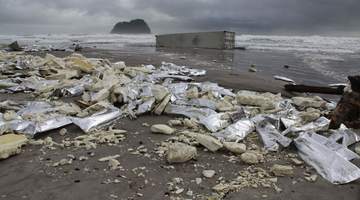
The resources in this collection are about where the land meets the sea. New Zealand has 15,134 km of coastline with extensive marine habitat. Land and sea are intricately linked, one impacting ...
READ MORE

The Rena disaster on 5 October 2011 impacted the surrounding environment of the Bay of Plenty in New Zealand. The ship was carrying 1,368 containers – eight of which contained hazardous materials ...
READ MORE
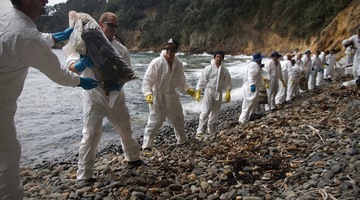
Ngā Iwi o Tauranga Moana (a collective group for Māori tribes in Tauranga) were deeply concerned when the Rena grounded on the Astrolabe Reef on 5 October 2011. Like so many, they were concerned ...
READ MORE
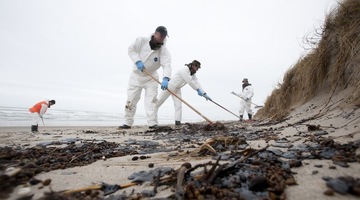
In this activity, students consider short-term and long-term responses to an environmental disaster such as the Rena. By the end of this activity, students should be able to: describe what might ...
READ MORE
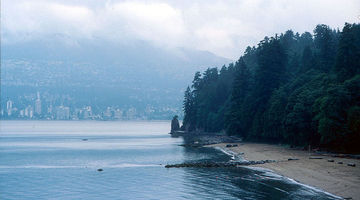
In this activity, students observe the processes of evaporation and precipitation by creating a model that simulates the water cycle. By the end of this activity, students should be able to ...
READ MORE

EBM – ecosystem-based management – is a holistic and inclusive approach for managing an ecosystem. In this activity, students use EBM principles as a framework to consider how a local area of ...
READ MORE
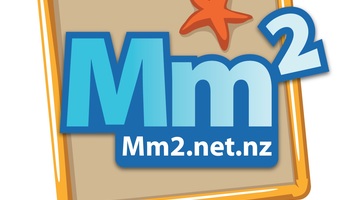
Marine Metre Squared is a New Zealand citizen science project that supports communities to monitor their local seashore. The project has been designed to provide meaningful, valid environmental ...
READ MORE

Weddell seals and orca are among the top predators in the Ross Sea region of Antarctica, and more than half of the Weddell seal population can be found in the Ross Sea. Information about changes ...
READ MORE
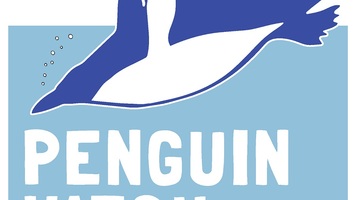
Help scientists establish valuable baseline data about the numbers, locations, habits and health of penguins in a range of Southern Ocean sites. This information will enable better understanding ...
READ MORE
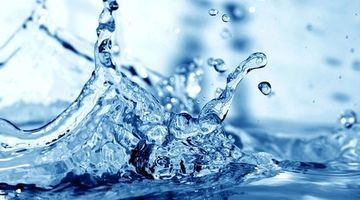
About 70% of Earth’s surface is covered by water. It is found just about everywhere and is the only naturally occurring substance on Earth existing in solid, liquid and gas states. Water is ...
READ MORE
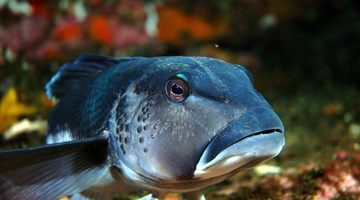
There are many marine classroom activities and resources on the Science Learning Hub useful for Seaweek 2015. This online PD session recorded on 19 February 2015 shows primary and secondary ...
READ MORE

Do you need resources for Seaweek? Are you planning a science unit on the sea? In this online PD session recorded on 18 February 2016, PD provider and teacher Barb Ryan explores some of the ...
READ MORE
Immediately following the grounding of the Rena on the Astrolabe Reef, the Bay of Plenty Polytechnic and the University of Waikato formed a marine response team. This team surveyed local marine ...
READ MORE
An important aspect of the government’s Long-Term Environmental Recovery Plan after the Rena disaster was to assess the impacts of the pollution and clean-up from a cultural perspective. A ...
READ MORE
The Ake Ake model is a pictorial mapping of someone’s perspective. Researcher Lorraine Dixon uses the model to encourage iwi to share their views including values and possible issues around ...
READ MORE

Sea stars have many weird and wonderful adaptations including both sexual and asexual reproduction. Click on any of the labels in this interactive to view short video clips or images to learn ...
READ MORE

Sea stars have many weird and wonderful adaptations – including some unusual internal systems. Click on any of the labels in this interactive to view short video clips or images to learn more ...
READ MORE
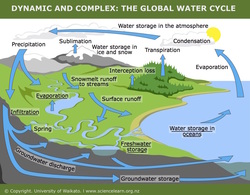
Water in the Earth system is influencing all aspects of life on Earth. Pathways, storage, transfers and transformations have an effect on the global climate and human welfare. Within this ...
READ MORE